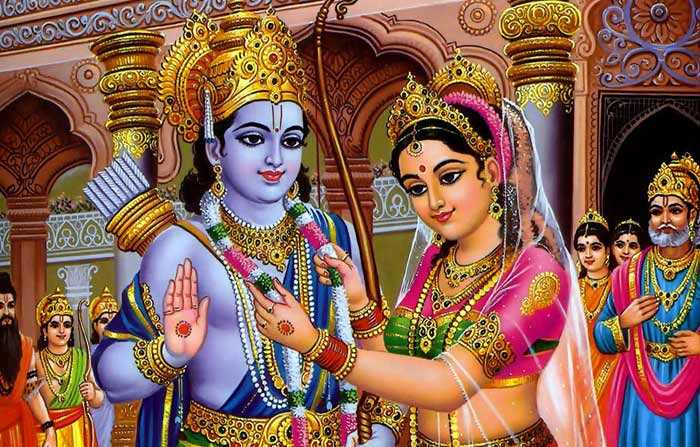
Lord Rama Images: Lord Rama is the seventh avatar of Lord Vishnu. He is one of the main deities in Hinduism and the central character of the Hindu epic Ramayana. Goddess Sita is his wife. Lord Hanuman was a great devotee of Lord Rama.
Here is a collection of Lord Rama and Sita images, pictures and HD wallpapers. Click on the image to see a slide-show.








































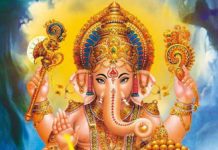
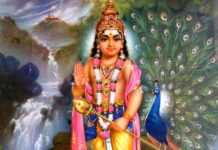
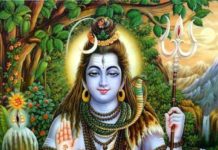
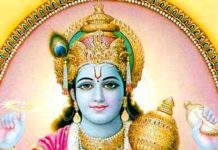
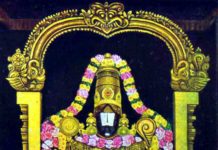
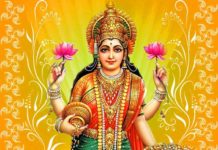


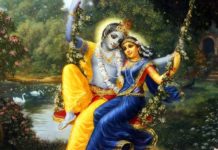
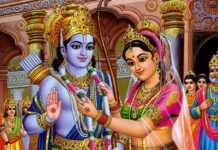
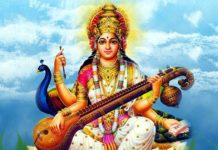
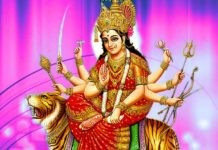
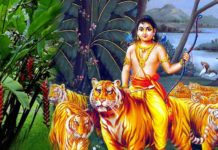
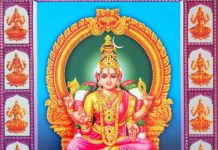
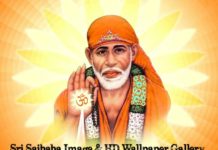
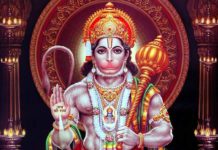
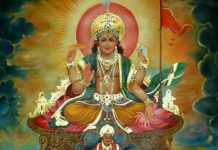
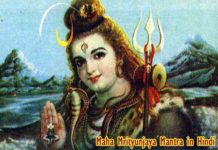
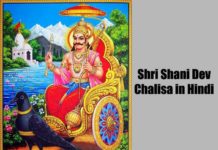
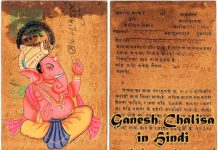

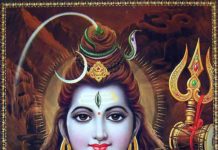
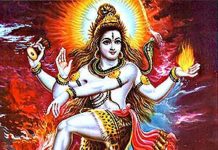

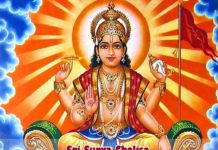
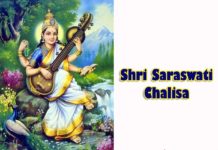
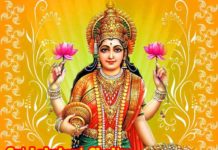
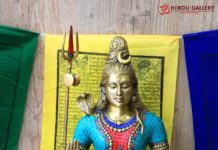


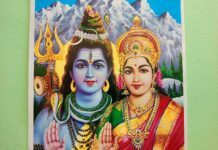

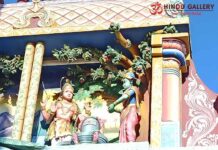



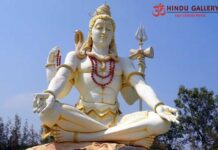


SHODASI : SECRETS OF THE RAMAYANA
ENGLISH HINDI AND TELUGU ORIGINAL
AUTHOR : SESHENDRA SHARMA
Seshendra : Visionary Poet of the Millennium
http://seshendrasharma.weebly.com
REVIEWS :
http://www.facebook.com/shodasi /
Books :
https://kinige.com/author/Gunturu+Seshendra+Sharma
Ramayana, a replica of Vedas
S. VARADARAJAN
There are several versions of the Sri Ramayana, one of the two greatest epics. Following Sri Valmiki Ramayana several editions have been published in various languages, besides scores of commentaries written across centuries. Late. Gunturu Seshendra Sharma, scholar poet of 20th Century unearthed secrets of the Ramayana through his popular Telugu book “Shodasi”.
The novelty of nomenclature Shodasi , called Sri Vidya is reflected , in the 16th Chapter . Sharma’s intellectual depth comes forth in analyzing Sundara Kanda specially through Kundalini Yoga . The author highlights hidden truth in Valmiki’s thought that is similar to Vedas and says that Trijata’s dream in Sundara Kanda reflects Gayatri Mantra of 32 Syllabi in 4 lines. Sharma pays rich encomiums in the description of Lanka surrounded by three impregnable borders. He compares these three borders with Trikuta viz… Shakti , Kaamaraaja , Vagbhava Kutas with those of Sri Vidya in Kundalini . A staunch believer of Vedas, the author feels that Ramayana is a replica of Vedas and oriented towards the character of Indra . He concludes that in Ramayana the mentioning of the supreme God is Indra and not Vishnu, as the presiding deity of valour in Vedas. Utterances of the word Vishnu were considered to be imaginary overstatements in the author’s view.
This book lends a new perspective to the Ramayana by adding the dimension of Kundalini Yoga .
The foreword by Vishwanatha Satyanarayana adds credibility to the book. The current work is an English translation of the original by Gurujada Suryanarayana Murthy , a scientist by profession . His proficiency in the subject is evident in the translation throughout that doesn’t swerve from the original’s purport.
The Hindu
(Friday Review: 2nd October 2015)
A Resplendent Icon of all Arts
This is an exemplary book which elevated the status of Indian Literary Criticism to the peaks of the world literature. Shodasi is a name associated with a great hymn. The title suggests that it’s a book on spiritual discourse. A reading of this book suggests that the spirit of scientific temper is critical to comprehend Valmiki’s Srimad Ramayana. Besides this, command on Vedic or Scriptural knowledge is essential. What does a layman has to say when a towering personality like Viswanatha Satyanarayana himself extolled the critical acumen and serious scholarship of Seshendra Sharma.
Sharma has made it crystal clear that unless one has an apparent understanding of the plot’s context, psyche of the characters, and the milieu of the bygone days supplemented by extraordinary scholarship, sound knowledge of phonetics and awareness on contemporary issues; one cannot easily comprehend the poetic diction of Valmiki. The debate on the phrase “Netraturaha” is a fitting example. The uniqueness of the title, Sundara kanda, Kundalini Yoga, Gayatri Mantra secretly hidden in Trijata’s dream sequence, considering The Bharatha as an image of The Ramayana…. this book is a repository of many such critical discourses. It is replete with inconceivable and unfathomable issues. This magnum opus is an invaluable gift to the Telugu literature.
– VIPULA, Viswa Katha Vedika: May 2014
(An exclusive Telugu Monthly Magazine for stories)
* * *
Valmiki Ramayana – Greatest Medicine for Mankind
The story of Ramayana is prescribed as textbook for students. Sita and Rama are worshiped as prime couple. No need to mention about reciting it. Whether Valmiki was satisfied with simple narration of the story? Seshendra Sharma denies it.
He analyzed it mentioning that to understand the inner meanings of Valmiki Ramayana, the scientific knowledge is essential.
The underlying secret of the sage’s mind will be known through the knowledge of science.
It is the firm opinion of Seshendra that the argument that “the sciences are for scholars only” is a conspiracy hatched by Selfish scholars and lazy uneducated persons.
Seshendra who has democratic ideology and conviction on science and literature informs the public about the secrets of Ramayana expounded by Valmiki. He explains that Valmiki dedicated ambrosia (The Greatest Medicine) named “Kundalini Yoga” to the mankind. The poetry in the metre of Anushtup Sloka is the honey coating to the medicine. It was explained with great introspection and exemplary scholarship. He concludes that the Ramayana is older than the Maha Bharatha and it is another form of Veda. Valmiki introduced the system of meditation in Ramayana. The Introspection and research bent of mind of Seshendra are spread over in the book in two streams. The exuberant fragrance of scholarship is experienced throughout the book.
The present generation can understand the scholarship of Seshendra in Vedas and Mantra Sastra. Seshendra is a poet who has composed unique Ruthu Ghosha (Cry of the Seasons: Metrical Poetry) and revolutionary free verse –Mande Suryudu (The Burning Sun).
– Andhra Prabha (Telugu Daily), 24th August 2014.
* * *
Two Great Peaks in the world literary criticism and research
Shodasi: Secrets of The Ramayana and Swarnahamsa Harshanaishada from the mighty pen of the great Telugu poet, Gunturu Seshendra Sharma are considered to be the two great peaks in the world literary criticism and research. This is a truth most contemporary Telugu writers and readers aren’t aware of. The way Seshendra could discover Kundalini Yoga, Gayathri Mantra in Shodasi, he could discern the treasure trove of mantra yoga, Sri Mahatripurasundari, Chintamani mantra in Swarnahamsa.
At a time when our universities which are mere Degrees production Units, churn out “solid waste” in the name of research; Seshendra even while attending to his job as a Municipal Commissioner created research oriented critical volumes like a sage.
Though Shodasi was published in 1967 and Swarnahamsa in 1968; Swarnahamsa was created by him much before Shodasi was conceived. The concepts that Srinatha, Nannayya and Mallanatha, the Telugu Classical poets couldn’t decipher,
Seshendra could. He humbly submits that he is most fortunate that the triumvirate had left behind some pertinent concepts only to be discovered by him at a later stage.
These two great kavyas were serialised under the editorship of late Neelamraju Venkata Seshaiah in Andhra Prabha Daily, Sunday Literary Supplements from 1963 to 1967 and Seshendra’s poems and non-fiction were published in the book forms (6) only after they appeared in serial form in Andhra Prabha.
—————–
Gunturu Seshendra Sarma, the well-known poet, critic and scholar of unfathomable depth, has to his credit quite a number of books in Telugu as well as English. A keen intellect and a lucid exponent of the intricacies in Samskrit literature, the author brought out a treatise on Ramayana. The book also reveals the symbolism in our epics and shows the spirit behind.
According to the author, Sage Valmiki has observed Ramayana as though it is a story of a dynasty in its outward appearance. But when the story part is kept aside, the hidden secrets of the Mantrasastra come out. Valmiki’s Ramayana is full of Vedic literature, language and usages. Ramayana can be appreciated from three angles. The poetic beauty, the historicity and the secret meaning of mother Parasakti. Later Upanishads have taken Valmiki Ramayana as the way to the Mantrasastra. Rama’s wife Sita is considered as Parasakti. In Devi Bhagavatham Sita is described as Goddess Gayatri. The author has taken unusual pains and quoted Vedic dictations which are literally taken by Valmiki in his Ramayana. Thus it has been a product of Vedas and the usages in Ramayana and the words used therein and the similies adopted by Valmiki speak inexplicably the secret of Mother Lalita in his stories.
The author has given and attached a very great significance for Sundarakanda in Ramayana. The author has quoted numerous quotations from Smrithis and Srithis to establish that Sundarakanda is beautiful because Anjaneya the Jeeva has seen Sita the Parasakti. Hence this canto is so styled as Sundara. According to the author “Sita” means “Kundalini.” Hanuman has seen Sita while she was sitting on the ground. Ground means Earth. Earth denotes Mooladharam. The serpent Kundalini stays in this. Thus it is symbolised as Sita sat on the ground. Hanuman the Yogi has the vision of Kundalini in Sita. With the aid of Ida and Pingala, Kundalini travels in Sushumna through spinal cord crossing the six fluxes, and finally reaching Sahasraram. This again speaks of “Shodasi.” Rama is a beautiful man. He is having a Sundari in Sita (a beautiful woman). The descriptions are beautiful in this canto. Thus it is synonymous with “Soundaryalahari” of Sankaracharya.
The author expressed that Mahabharata is a reflection of Ramayana in all the cause, origin and delivery. Innumerable similarities are quoted from both Valmiki and Vyasa to prove that the usages, style and similies are almost similar in both the epics. He compares Vyasa’s “Nalacharitam” with Sundarakanda of Valmiki in the vision of Srividya.
The author further argues that Kalidasa’s “Meghasandesam” is only an imitation of Valmiki. The flight of Anjaneya in search of Sita is the basis for Kalidasa’s “Meghasandesam.” Both Sita and the Yaksha’s wife are described as “Syamas” – meaning in the middle of youth. The duration of separation is one year in both the cases. Ultimately the author said that “Meghasandesam” is the offspring of Ramayana, with yearning to see Parasakti.
The author has taken the readers in his book to that sublime beauty where there is no further argument, than to enjoy the flow of citations with their intrinsic meaning and full of scientific vision. His unsurpassed knowledge in Mantrasastra has enabled him to pass dictums vivisecting the symbolic mysticisms into splinters and handing the kernel of truth under each word, usage, and application. He deserves all praise for this meritorious contribution to our literature.
Kalaththai vendra kaaviya Naayagan sri rama seetha porpaatham panigiren
jaiiii sreeram seetaa ram
jaiiii sreeram
JAI SRIRAM……
JAI BAJARANGBALI……
JAI HANUMAN…
jay sri ram
Jai Sriram
Sri Ram, Sri Ram
Jai Sri Raam
jai jai sri Ram
??Leuke website. ?
Lord Rama is the seventh incarnation of Lord Vishnu. Lord Rama is said to have taken birth on earth to annihilate the evil forces of the age. Nice Pictures of lord Rama. Nice Website.